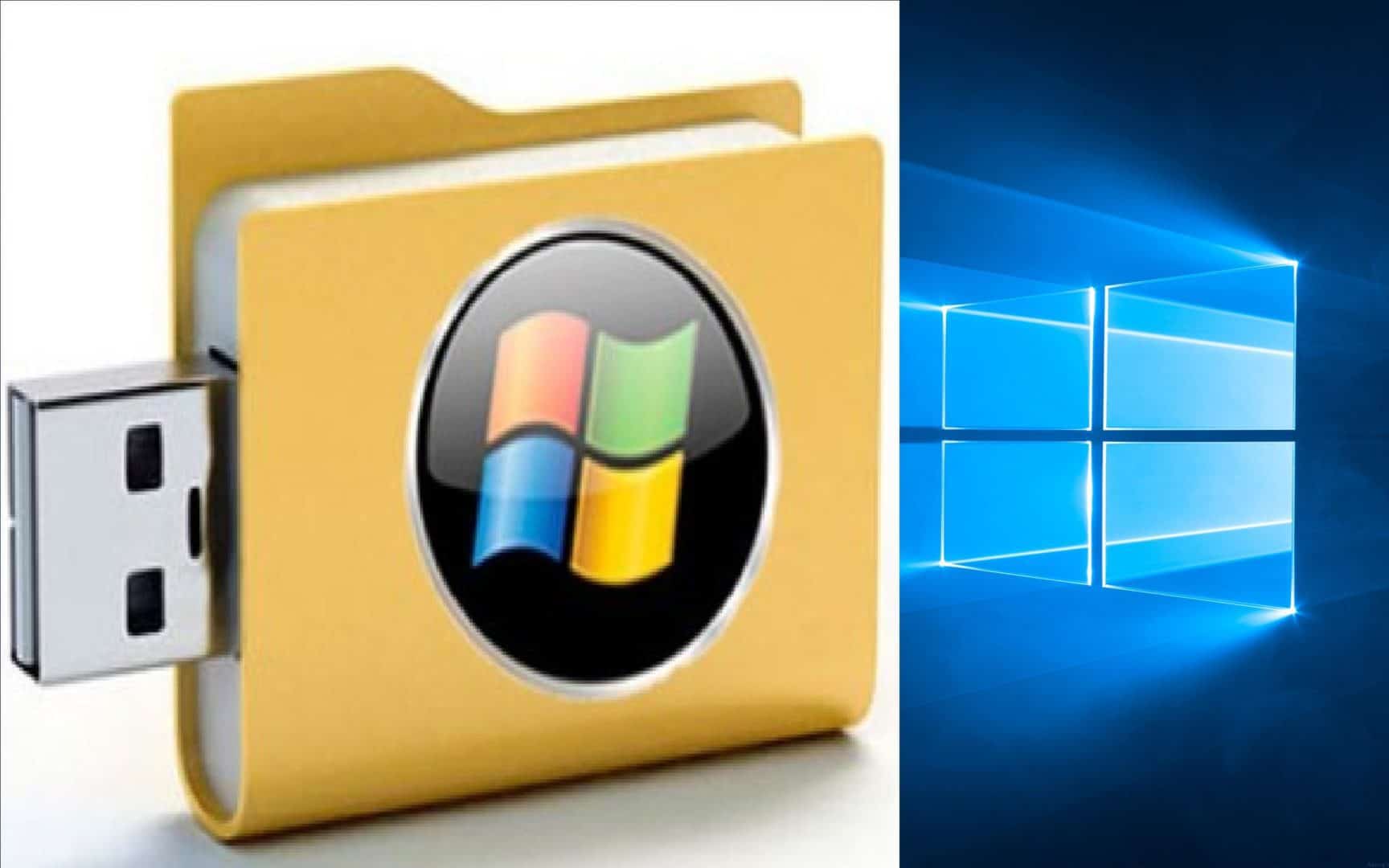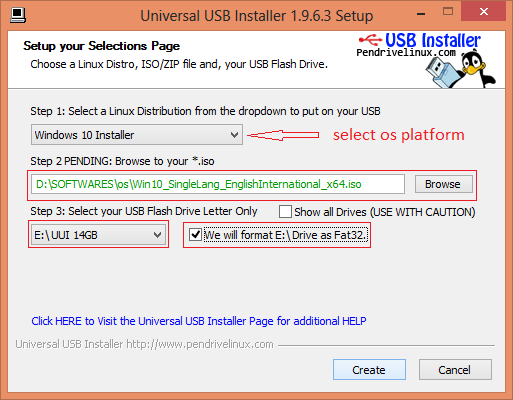
Balena Etcherĭeveloped & Maintained by the Balena team, Balena Etcher is a free and open source for writing image files such as. Unetbootin – Create Bootable USB Drives 3. It doesn’t employ distribution-specific rules for creating bootable USB drives, and therefore, most of the Linux ISO images should load without a problem.Īpart from creating a Live bootable medium, you get other system repair tools and utilities for example: UNetbootin is a free and cross-platform utility for creating live bootable USB drives using an ISO image from all the major Linux distributions, even the lesser-known ones such as Tails, and AntiX. If you are looking for an alternative that works on Linux, read on. Unfortunately, Rufus is only supported on Windows and the developer has not yet ported it to Linux as yet. You just need to double-click on the executable file to launch the UI and start creating your USB bootable medium from an ISO image of your choice (both Windows and Linux). Rufus is a portable utility that comes with a small footprint – 1.3MB only. It is particularly helpful when you want to create a USB installation medium from an ISO image or work on a system with no OS installed. It’s a free tool that you can download and create bootable USB pen drives, memory sticks, etc. We start off our list with Rufus which is arguably one of the most popular bootable USB creation utilities. Here are some of the widely-used utilities for creating a bootable USB drive from an ISO file in Linux desktop systems. Some will even go further and let you create a multi-boot USB drive where you get to choose the OS that you want to install. There are quite a number of tools that can help you create a bootable USB drive.

If your goal is to create a bootable medium, then creating a bootable USB drive from an ISO file remains your best option. You are not likely to find them in modern-day laptops. This 'Do it yourself' method is implemented in mkusb-tow and available via mkusb version 12.5.6 (mkusb-dus) and mkusb-plug.CD and DVD writers are a thing of the past. Implemented in mkusb version 12.5.6 and newer versions if you want to 'Do it yourself' and understand the details.if you have a Windows iso file that contains a file, install.wim, with a size > 4 GiB, or.


In this case there will be a small FAT32 partition and a bigger NTFS partition. This method will work also with versions of Windows 10 and Windows 11, where there is a file, install.wim, with a size > 4 GiB, so that the FAT32 file system cannot manage it, when extracted from the iso file. community/Installation/iso2usb/diy/ windows-installer-for-big-files You can create Windows install drives that work in UEFI mode as well as in BIOS mode, A rather simple 'Do it yourself' method is described at the following links.


 0 kommentar(er)
0 kommentar(er)
